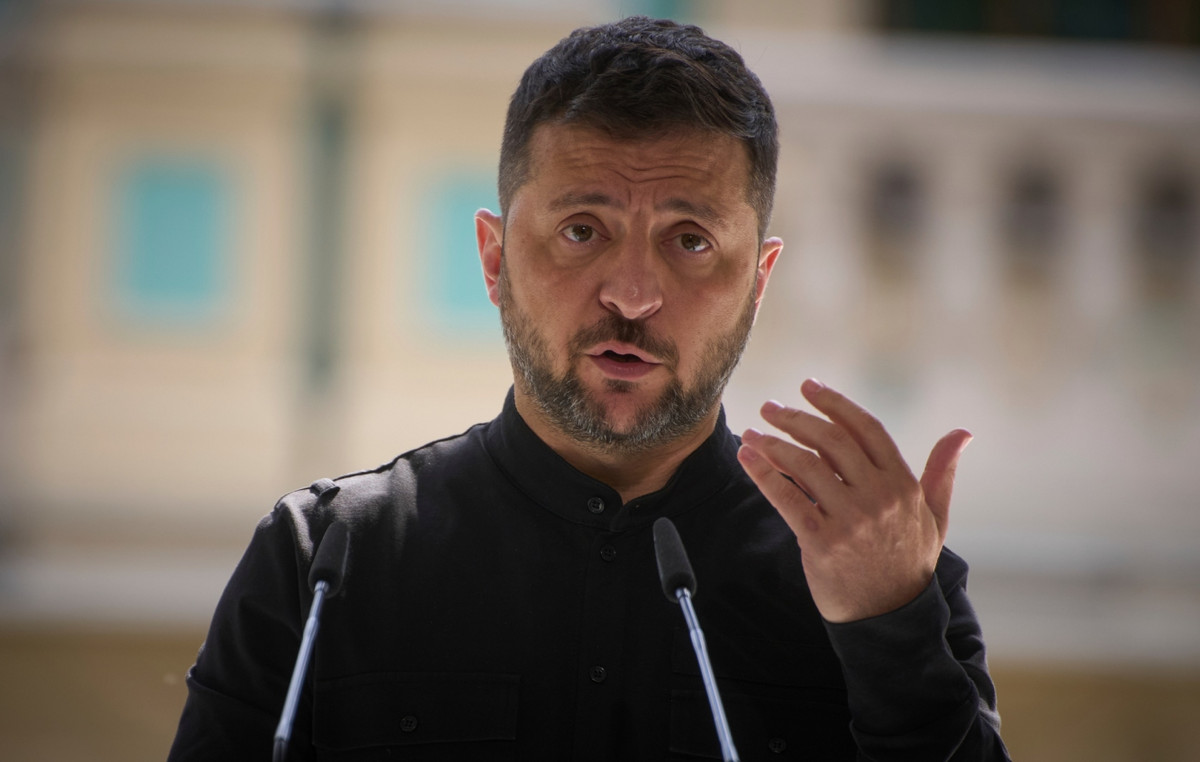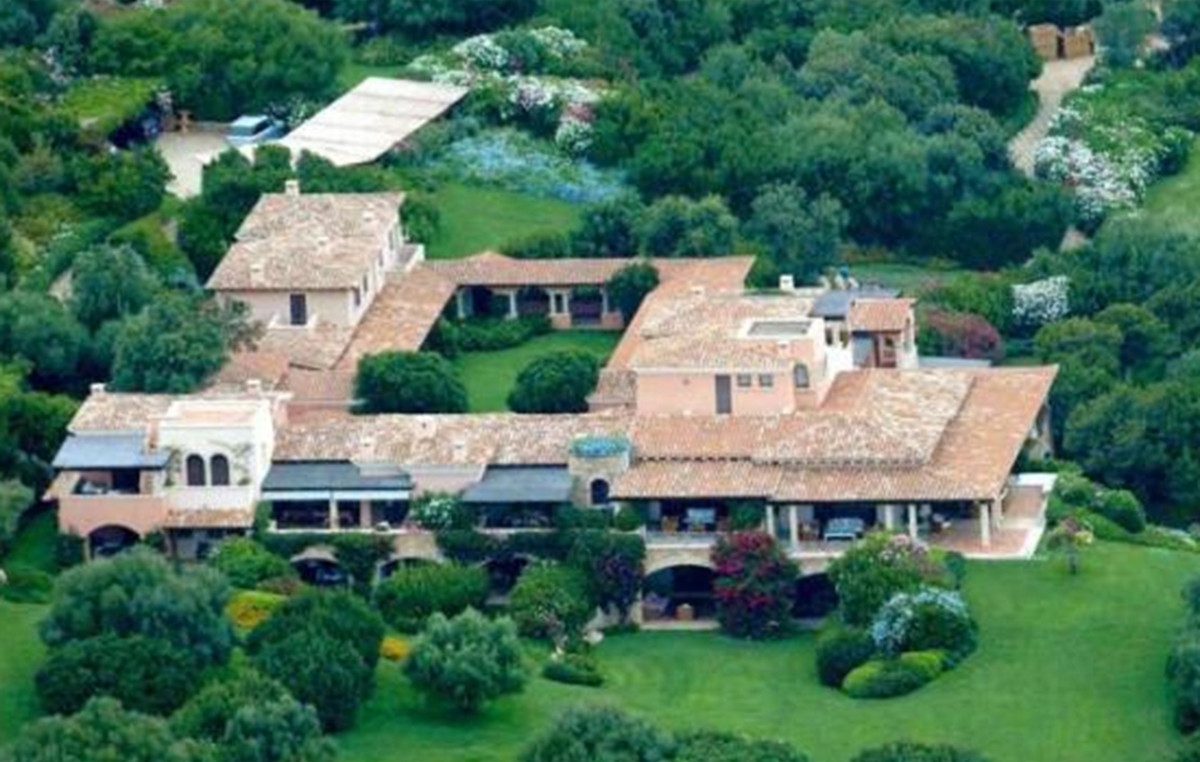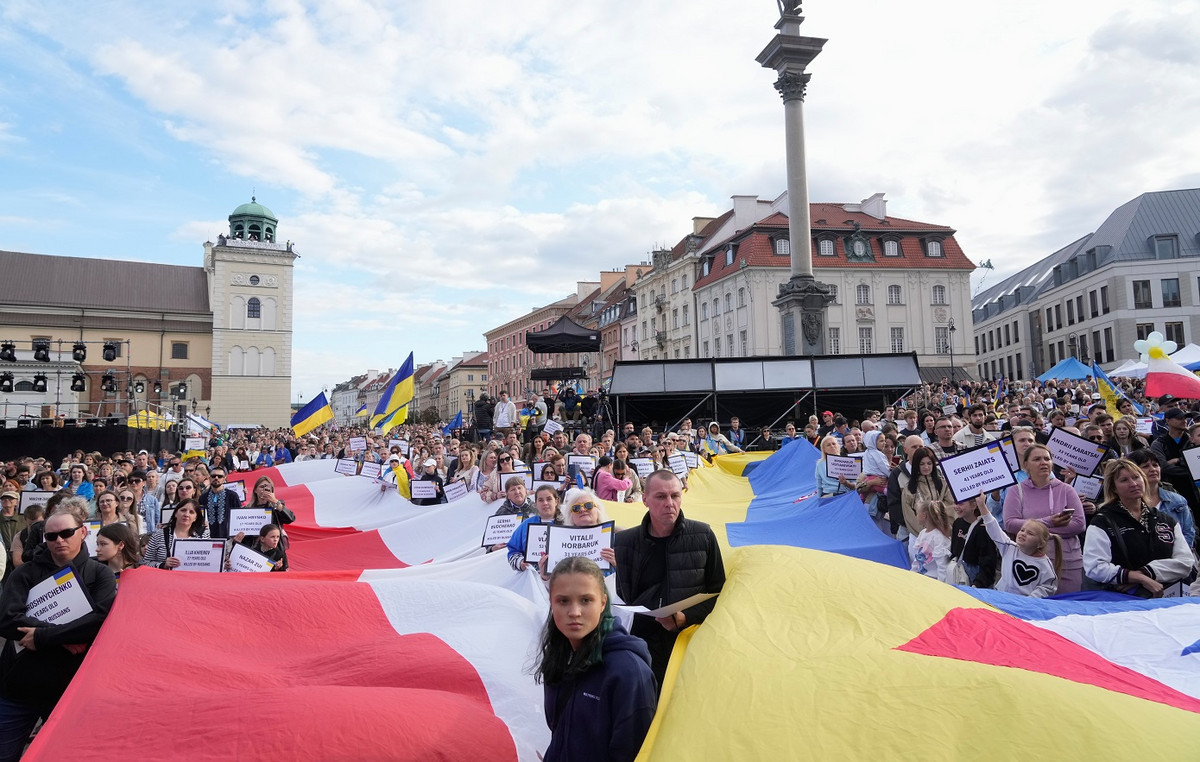The Federal Reserve is finally getting aggressive in its attempt to fight inflation, the highest in decades.
The central bank is expected to raise interest rates by half a percentage point on Wednesday (4) for the first time since 2000. Investors believe that increases of the same magnitude will be presented in June and July.
But being late will have consequences.
Raising rates once growth starts to slow comes with an increased risk of cooling activity so much that it triggers a recession. And in just a few months, the Fed could pay the price for trying to catch up.
“I think they’re paying too much attention to what happened in the past and not enough to what’s happening in the future,” said Guillaume Menuet, head of investment strategy and economics at Citi Private Bank in Europe, Middle East and Africa.
In short: the Fed knows it needs to act decisively to prevent inflation expectations from spiraling out of control and to protect its credibility.
In March 2021, the central bank predicted an average inflation in 2022 of just 2%. Fast forward a year, the central bank’s preferred measure for tracking consumer prices put inflation at 6.6%, the highest level in 40 years.
“We are late, late, late,” said Pascal Blanqué, president of the Amundi Institute.
But toughening up now will not be a clear solution to the problem. While interest rate hikes send an important message, it typically takes 12 to 18 months for the impact of the move to be transmitted to the economy.
Also, while the rates of increase may help to contain high demand, it will not solve the supply chain problems that have been a major driver of higher prices.
Meanwhile, the recovery from the pandemic is losing steam. Consumer spending is still strong, but news that the US economy shrank in the first three months of 2022 surprised economists.
High energy prices pose a major risk to consumption in the coming quarters, and a slowdown in activity in Europe and China could have global ramifications.
All this means that, later this year, the Fed could find itself in trouble again. Fed Chairman Jerome Powell will face another conundrum: Should the central bank continue to raise interest rates to deal with inflation, even if it drives the economy into recession, as Paul Volcker did in the early 1980s?
While Powell has expressed admiration for Volcker, both Menuet and Blanqué find it unlikely that the current Fed leader will channel his tactics for long. Since the 2008 financial crisis, the world has become very accustomed to cheap money. That — plus the Fed’s delay in starting to rise — will make it harder for the central bank to stay the course.
“I think it will likely be a case of short and strong,” Menuet said, referring to the Fed’s tightening cycle.
The market expects the Fed to raise rates at every meeting for the rest of the year, reaching a prime interest rate of more than 3% by the end of 2022. If the Fed decides to prioritize interest rate normalization over the potential consequences economic, this is certainly possible.
But analysts at the Wells Fargo Investment Institute note that, over time, interest rates have reached progressively lower levels. In 2006, they peaked at 5.25%, while in 2018, they peaked at just 2.5%. And now? Well, that depends on how long the Fed thinks it needs to make up for its miscalculation on inflation.
Source: CNN Brasil
I am Sophia william, author of World Stock Market. I have a degree in journalism from the University of Missouri and I have worked as a reporter for several news websites. I have a passion for writing and informing people about the latest news and events happening in the world. I strive to be accurate and unbiased in my reporting, and I hope to provide readers with valuable information that they can use to make informed decisions.







